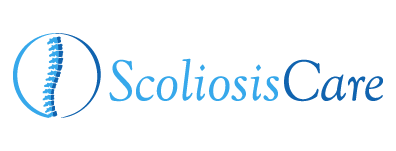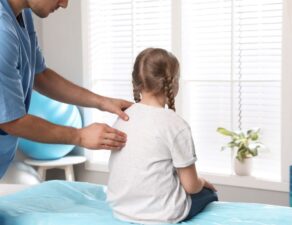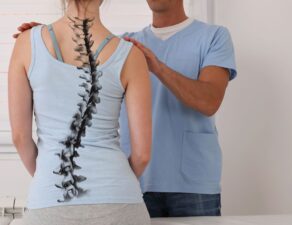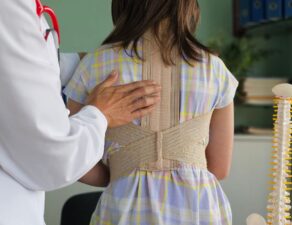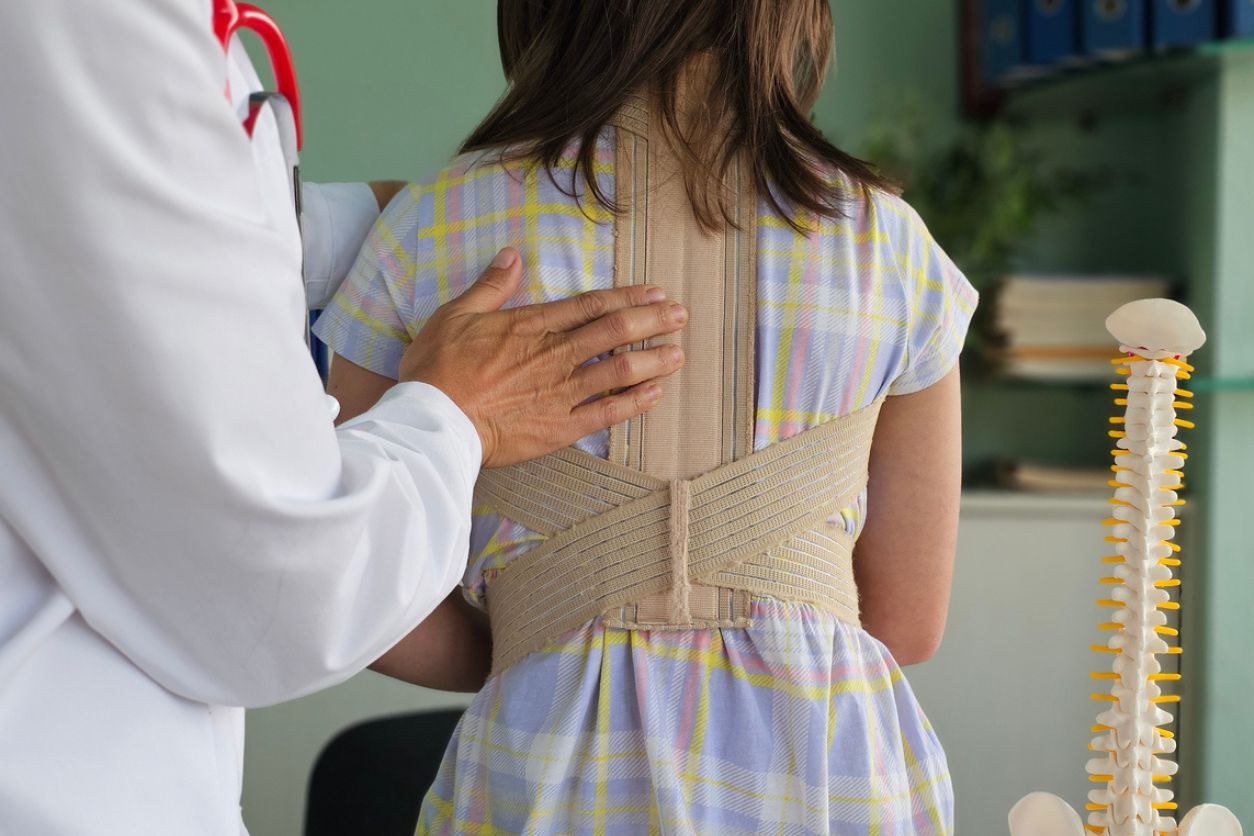
Scoliosis is a condition that affects people of all ages, from young children to older adults. While the condition is characterized by an abnormal curvature of the spine, the treatment options available often depend on the patient’s age, the severity of the curve, and the underlying cause. At Scoliosis Care, Dr. David Siambanes is dedicated to providing personalized, age-appropriate care to help patients of all stages navigate their scoliosis journey.
Why Age Matters in Scoliosis Treatment
Age plays a critical role in determining the best treatment approach for scoliosis. The progression of the condition, the goals of treatment, and the body’s response to different therapies can vary widely depending on whether the patient is a young child, a teenager, or an adult. Below, we’ll explore how scoliosis treatment changes across different age groups.
Scoliosis Treatment in Young Children (Infantile and Juvenile Scoliosis)
Young children diagnosed with scoliosis often fall into two categories:
Infantile Scoliosis: Diagnosed between birth and age 3.
Juvenile Scoliosis: Diagnosed between ages 3 and 10.
Common Treatment Options
- Observation: For mild cases, regular monitoring through imaging and physical exams helps track the curve’s progression. Since children are still growing, early intervention is key.
- Bracing: In cases where the curve is more pronounced, bracing may be used to guide the spine’s development and prevent further progression. Unlike adolescent braces, these braces are designed to accommodate rapid growth.
- Casting: In some cases, a series of spinal casts may be used as a temporary measure to control the curve.
- Surgery: For severe curves that threaten lung or heart function, surgical options like growth-friendly implants may be necessary.
Why Early Treatment Matters
In young children, scoliosis can progress rapidly during growth spurts. Early treatment can prevent significant deformity and improve long-term outcomes.
Scoliosis Treatment in Adolescents
Adolescents are the group most commonly diagnosed with scoliosis, particularly during growth spurts around puberty.
Common Treatment Options
- Bracing: Braces are highly effective in preventing curve progression during the adolescent growth phase. The key to success is wearing the brace as prescribed.
- Physical Therapy: Exercises focused on posture and muscle strength can complement bracing to support spinal health.
- Surgery: For severe curves (usually greater than 45-50 degrees), spinal fusion surgery may be recommended to correct the curve and stabilize the spine.
Specialized Care with Dr. Siambanes
Dr. Siambanes has extensive experience working with adolescents diagnosed with scoliosis. As the director of the scoliosis center at St. Joseph’s Children’s Hospital, he emphasizes clear communication with teens and their families, empowering them to make informed decisions about their care.
Scoliosis Treatment in Adults
Adult scoliosis may be a continuation of a curve that started in adolescence or a new condition caused by aging and degeneration of the spine (degenerative scoliosis). Treatment goals for adults often focus on managing symptoms rather than correcting the curve.
Common Treatment Options
- Physical Therapy: Exercises that improve core strength, flexibility, and posture can help reduce pain and improve function.
- Pain Management: Non-surgical treatments such as anti-inflammatory medications, injections, or chiropractic care may be used to alleviate discomfort.
- Surgery: For adults experiencing severe pain, nerve compression, or impaired mobility, surgical options such as spinal fusion or decompression may be considered.
Addressing Degenerative Changes
In adults, scoliosis is often accompanied by other spinal issues, such as arthritis or disc degeneration. Treatment plans are tailored to address these additional factors.
How Dr. Siambanes Tailors Treatments by Age
Dr. Siambanes is an expert in tailoring treatment plans to each patient’s unique needs, taking into account age, curve severity, and overall health. Whether the goal is to guide a young child through non-surgical management or provide relief to an adult with chronic back pain, our team is here to support you.
The Importance of Personalized Care
Dr. Siambanes’s approach goes beyond clinical treatment. By fostering open communication and providing compassionate support, he ensures that patients and their families feel empowered throughout the process.
When to Seek Treatment for Scoliosis
Regardless of age, it’s essential to seek medical advice if scoliosis is suspected. Signs to watch for include:
- Uneven shoulders or hips
- A visible curve in the spine
- Persistent back pain
- Difficulty with posture or mobility
Early diagnosis and intervention can significantly improve outcomes, especially in children and adolescents.
Expert Care for Every Stage of Life
Scoliosis is a condition that evolves with age, but with the right care and guidance, patients can lead full, active lives. At Scoliosis Care, Dr. Siambanes and his team are here to provide expert, compassionate treatment at every stage of life. From young children to older adults, we’re committed to helping each patient achieve the best possible outcome.
Schedule Your Consultation
If you or a loved one is seeking scoliosis treatment, don’t wait. Contact Scoliosis Care today to schedule a consultation with Dr. Siambanes and learn more about your options. Together, we’ll create a personalized plan that’s right for you.
